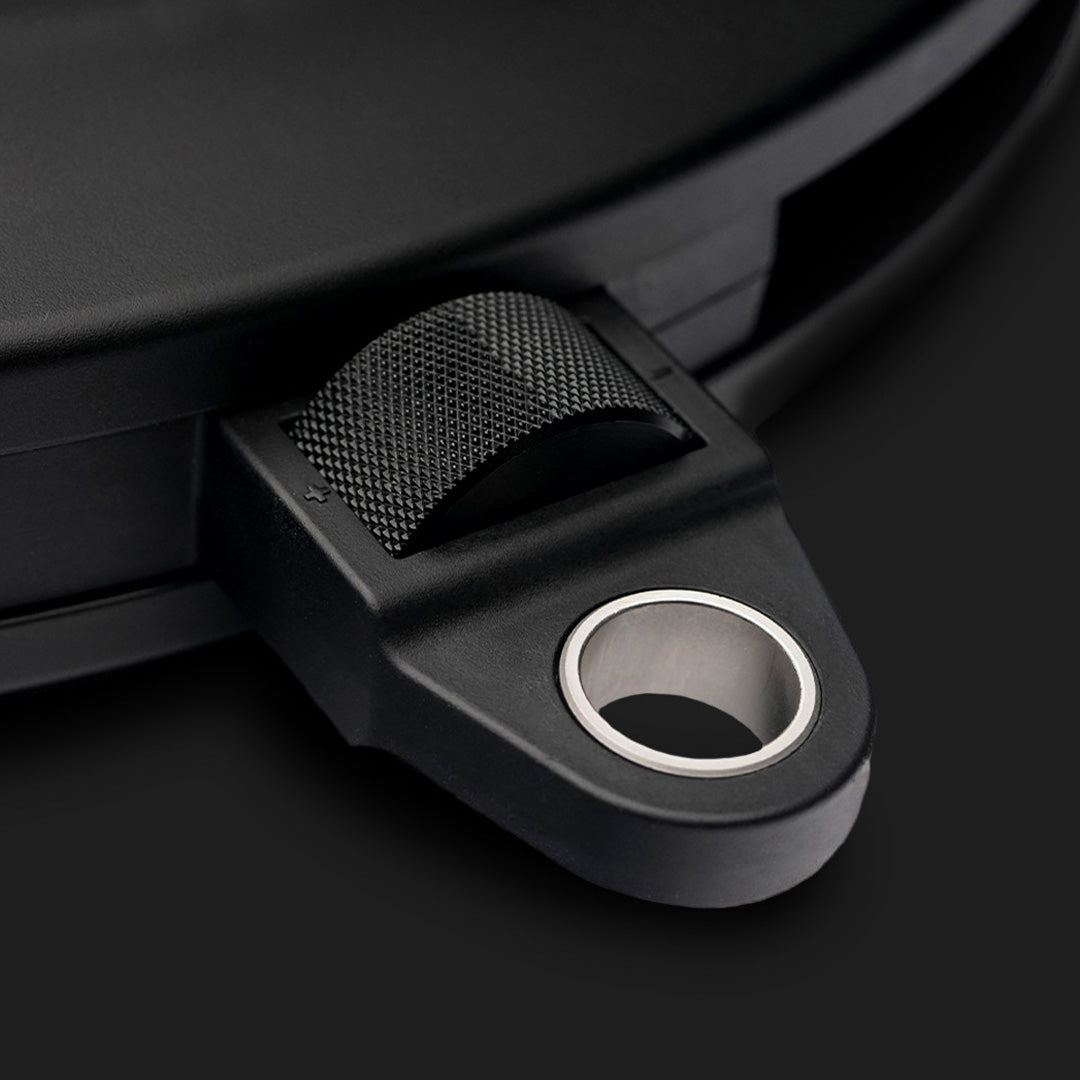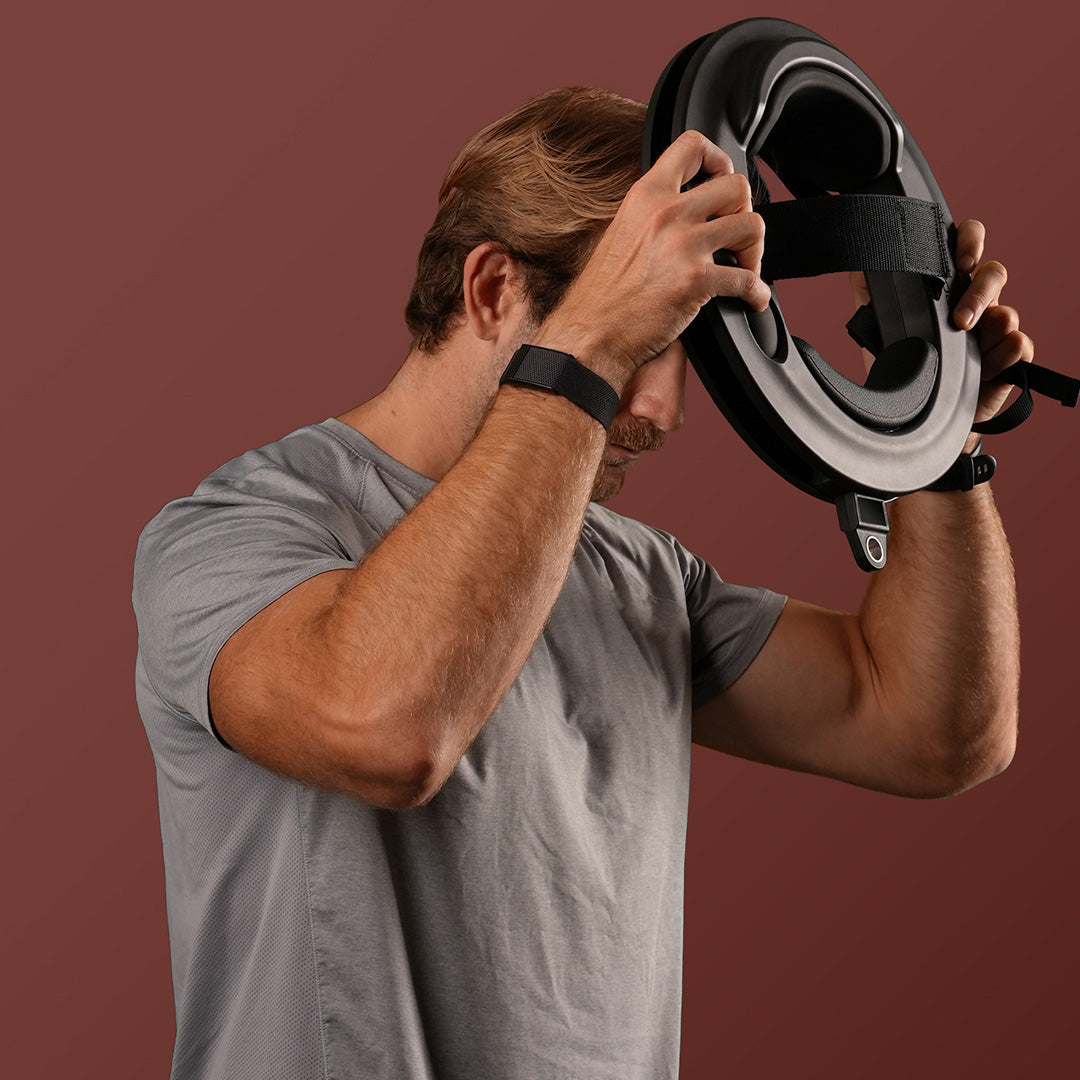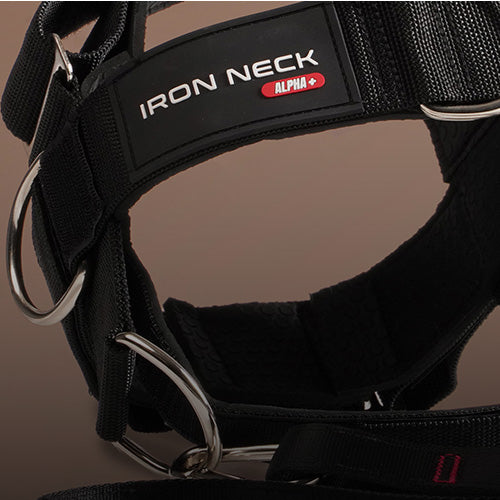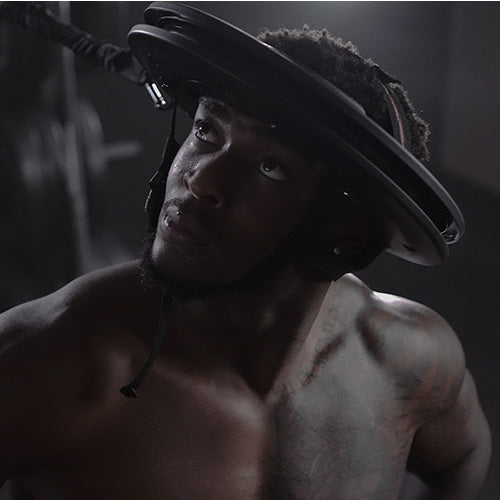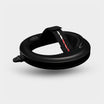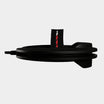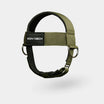Some of Daniel Lieberman's earlier work sparked the barefoot running craze (be honest - who else had a pair of those toe shoes? Bonus points if you still have a pair). If we're lucky, his most recent publication will motivate runners to take their neck development as seriously as they take foot and leg work.
Dr. Daniel Lieberman is the barefoot running professor. His heavily-shod skeptics and detractors might call him THAT barefoot running professor from THAT barefoot running book. Careful readers of Born To Run, particularly those who have always been baffled by Paula Radcliffe's bobblehead mechanics, may also remember Dr. Lieberman as the nuchal ligament professor. THAT nuchal ligament professor.
The nuchal ligament runs from the middle of the occipital protuberance to the spinous processes of the cervical vertebrae and into the fibers of the splenius capitus and superior trapezius muscles. Translation, for those who don’t come here for the anatomy lessons: from that little bump at the base of the back of your head to the muscles and spine in your neck.
Humans have one. Horses have one. Dogs have one. That is to say, animals that have evolved for efficient high speed locomotion, or, in the words of Christopher McDougall or Bruce Springsteen, animals that were... born to run... have a nuchal ligament.
Neck posture, balance and attention while running
Running is really just 180 (give or take) single-leg jumps per minute, which means 180 (give or take) single-leg landings per minute. Running depends on our ability to control the forward and downward momentum of each landing and turn it into force going down and back, so we go up and ahead into the next step.
The nuchal ligament works to control the movement of the head. Without a nuchal ligament, our head would bob down on each landing, chin to chest.
Depending on our overall postural control and factors like the terrain, this could cause us to stumble and tumble forward. Or it could induce the extensor-flexor reflex and the head would snap back up, like when you doze off in class or at a staff meeting and that sharp "touch and go" wakes you up, startled and nervously wondering who noticed.
First, this would not be an efficient way to run. Second, the forces involved could subject the brain to subconcussive whiplashes on some steps. Most importantly, it's also not a good way to stay alive if you're running away from something, as our ancestors did quite frequently around the time humans developed a nuchal ligament. The human eye can stabilize on a point during head movements of up to 200 degrees / second. Any more than that and they lose track of what they are running from, which could mean they lose the race and, well, get eaten.
The nuchal ligament helps limit head movement to the range of what the eye can process. However, it's not just a passive structure that keeps things from getting too far out of place. Because the ligament connects to the superior trapezius and splenius capitis, contraction of those muscles can increase the ligament's tension. If those muscles contract in expectation of landing impact, they pre-tense the ligament. That further reduces the movement of the head: holding it in place instead of responding to extreme events.
New research shows how the arms and neck work together
Andrew Yegian led an investigation into how the superior trapezius contributes to running, published in the American Journal of Physical Anthropology. They observed that the forearm and the head have similar movements during running, so they wanted to know if and how the superior trap and the biceps worked together to maintain stability of the head and scapula.
They had subjects walk, run, run with a weighted face mask (literally the most 2020 thing ever, right?) and run while carrying hand weights. During all the running conditions, the superior trap and the biceps did, in fact, work together. Both muscles fired just before the same-side foot hit the ground, and the activation peaked about 10% of the way through the stance phase.
The superior trap and the biceps both had larger activations when the runners had the weights. The hand weights caused greater biceps activity and the face weight caused greater superior trap activity. The magnitude was the only change, though. Adding the weight did not change the timing or the shape of the muscle activity: more, not different.
Yegian et al concluded that the superior trapezius and biceps link the head and the forearm during running by applying forces on the scapula. One muscle "pulls down," the other muscle "pulls up" and the head stays aligned, momentum stays under control and the human lives to run another day.
Wahoo! Iron Neck training for UVA’s runners
These days, people run for fitness and performance. Proper biomechanics from the feet up to the nuchal ligament remain essential.
Mark Hinton is an athletic trainer at the University of Arkansas, and before becoming a Razorback he was the athletic trainer for the track & field teams at the University of Virginia. When Cavalier runners would come to him for rehab or preventative treatment, he looked for aspects of their gait that contributed to injuries or were energetically wasteful. Head posture was one aspect of that assessment, and some “bobbleheads” were more obvious than others.
“I try to get them to understand what they should be feeling, what should feel ‘engaged,’ and what kind of movements get us to the point where they understand what they should be doing and how to do it.
“The bobblehead translates all the way down the kinetic chain. Stabilize the head, then correct the shoulders, arms – you watch things align as the chain comes together.”
Hinton’s go-to movements from Iron Neck’s F6 were Protraction-Retraction, Locked Neck Body Turns and Cervical Glides. He also had the runners perform isometric holds while sitting on a Swiss ball.
To drive home how things should feel, he would have them go through their stride progression in place with the Iron Neck’s cable pulling them in different directions. “Find the tension on the band that they can tolerate without it affecting their balance.” His cues guided them into positions that they could learn to recognize when they run.
Hinton also used the Iron Neck with sprinters, particularly for their drive phase out of the blocks. “You don’t want the chin tucked too much and you don’t want the head flying back. We did low-to-high movements from the ready position, much a like a wide receiver on the line of scrimmage. And we’d have them move forward, maintaining the head in a neutral position against the resistance provided by the Iron Neck.
Strengthening and mobilizing the distance runner’s neck
The movements and duration of distance running, along with the inattention of many runners to upper body strength or mobility training, lend themselves to rounded and hunched shoulders and neck. The screen-centric lifestyle of most people, including (particularly?) student-athletes, induces the same effects.
Runners’ cervical and thoracic posture, then, take a double hit from sport and lifestyle.
“The anterior neck tissue all tightens up. We teach how to stretch and target certain tissues in the cervical spine. That, accompanied with having the Iron Neck on it, gets the the connective tissue stretched out and we can work with the posterior tissues as well. That allow us to produce the neural signal so we can recognize how we’re supposed to be sitting, running or moving,” Hinton said.
Part of that neural signal is the linkage discovered by Yegian’s research. The neck muscles need the mobility necessary for their proper neuromuscular activity: the coordination between the neck and the forearms to stabilize the shoulders and the head, in part through the nuchal ligament.
Bobbleheads were born to do just that. We were born to run: fast, efficiently and bobble-free.


